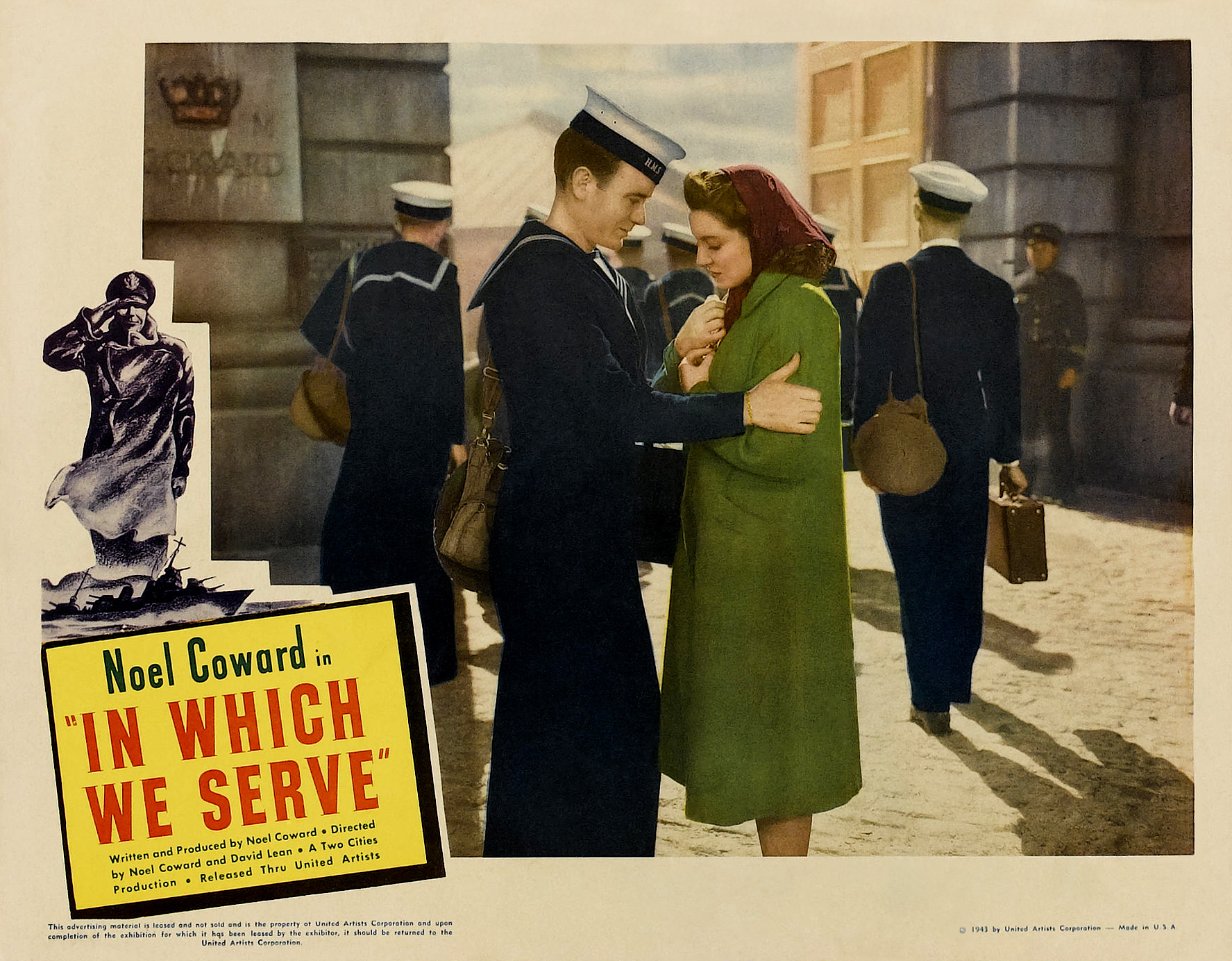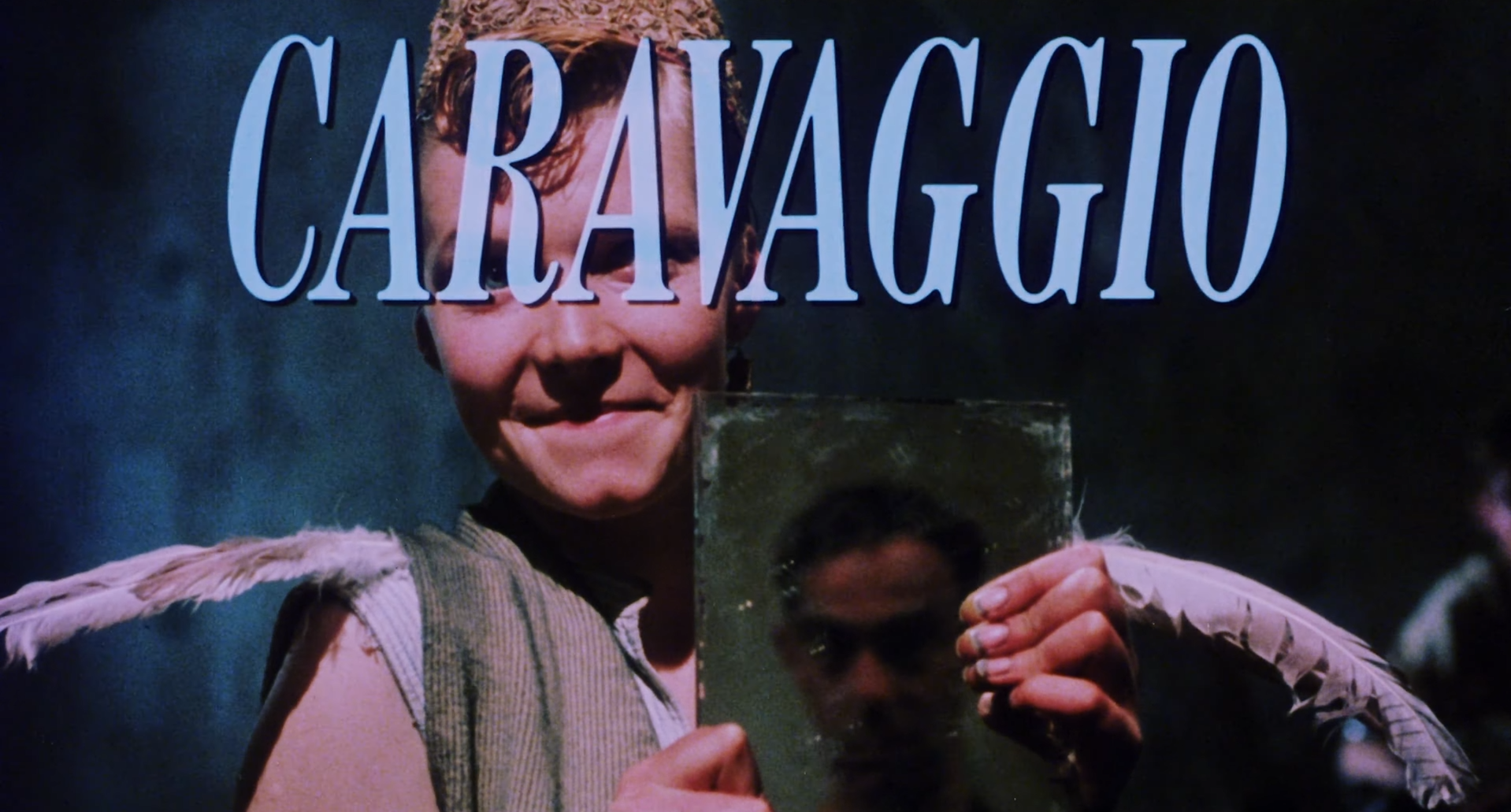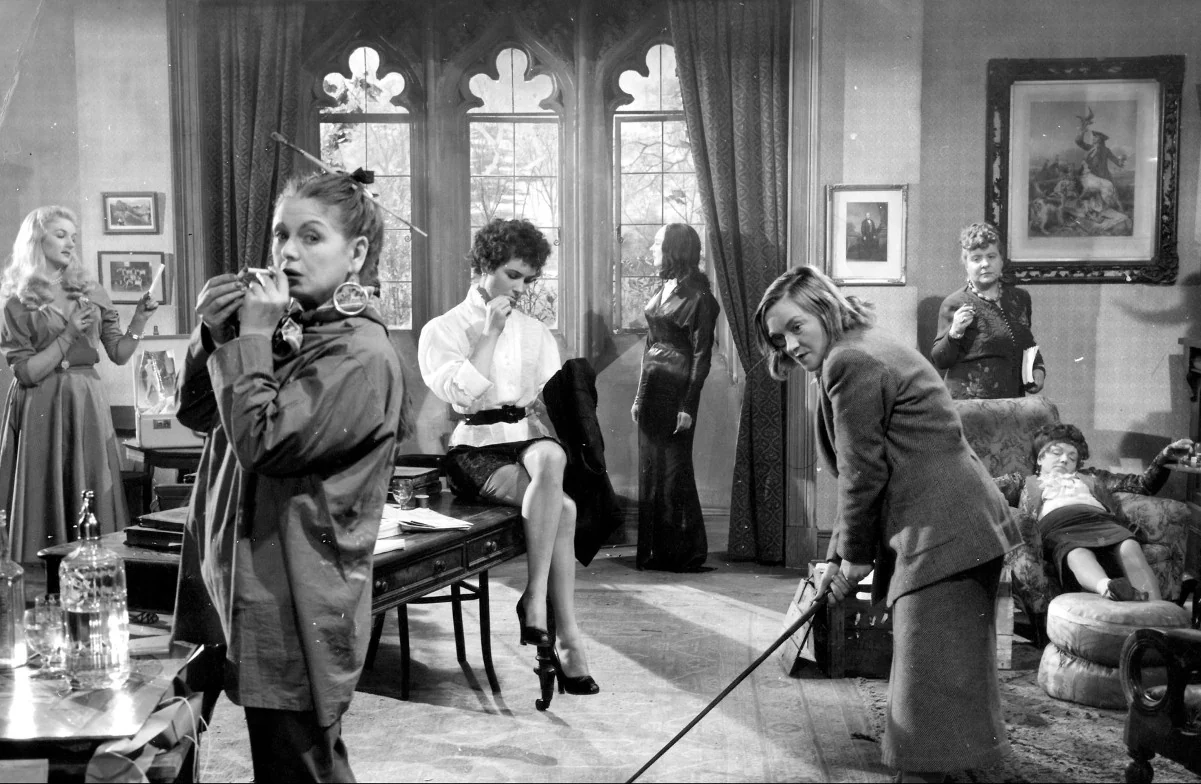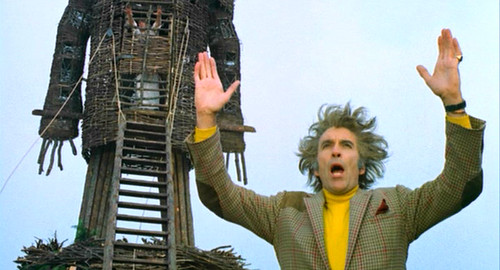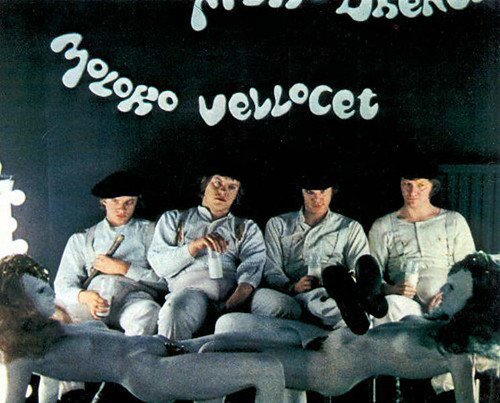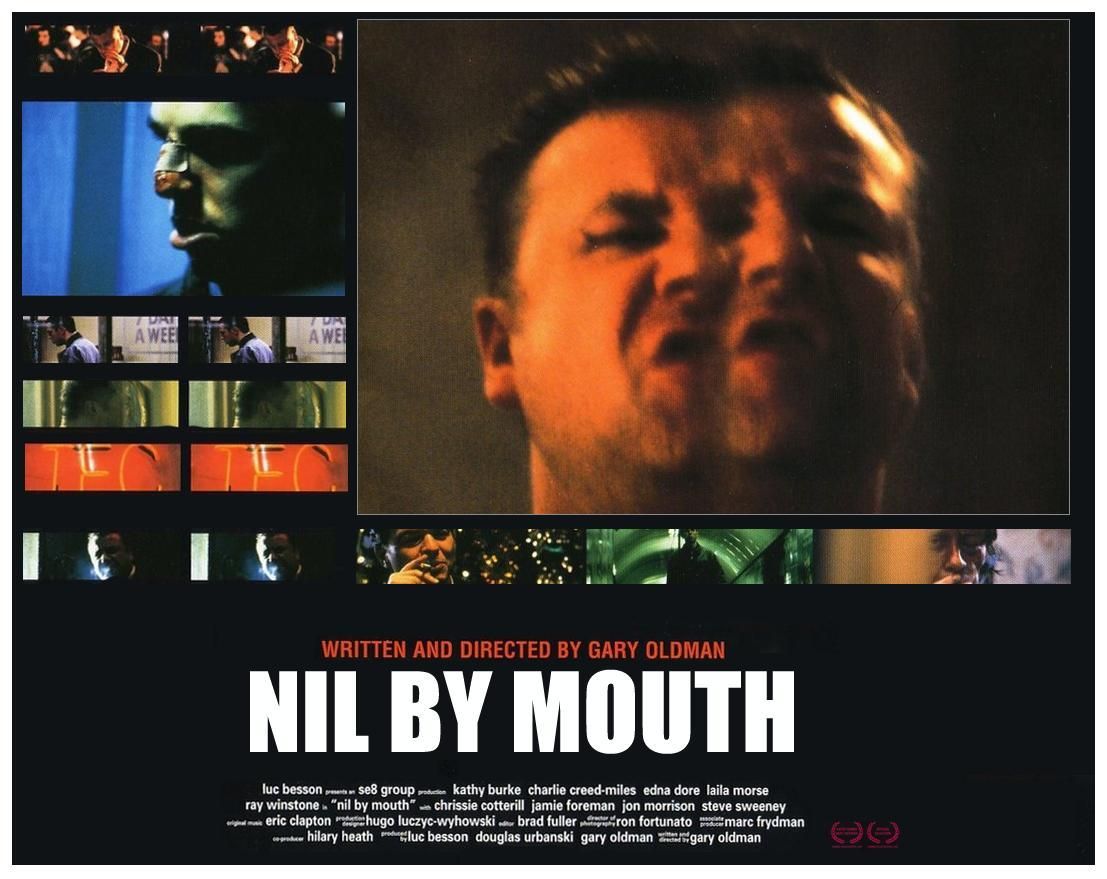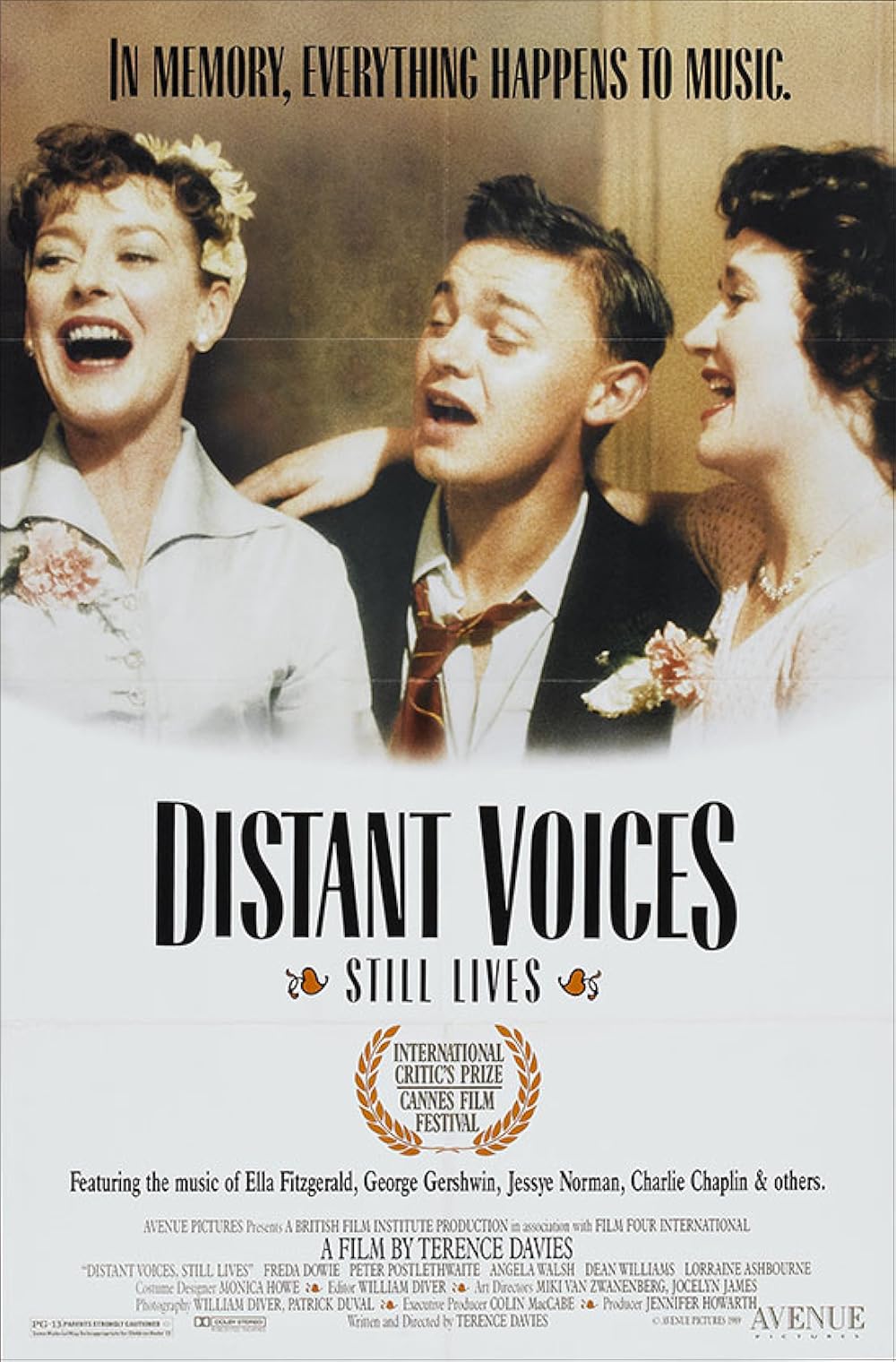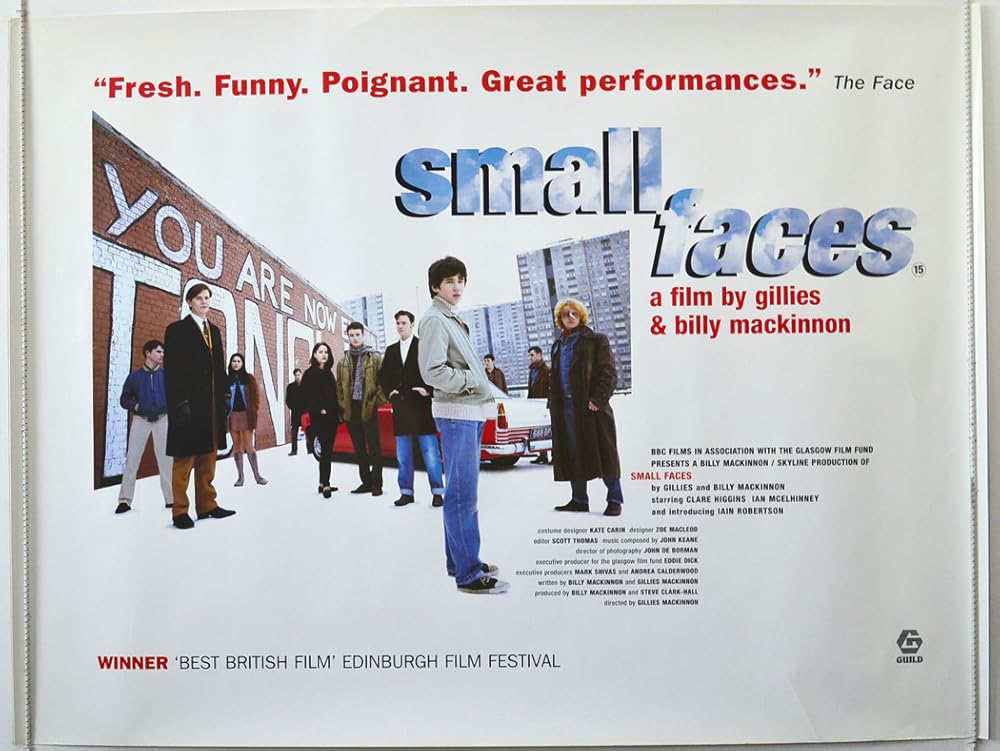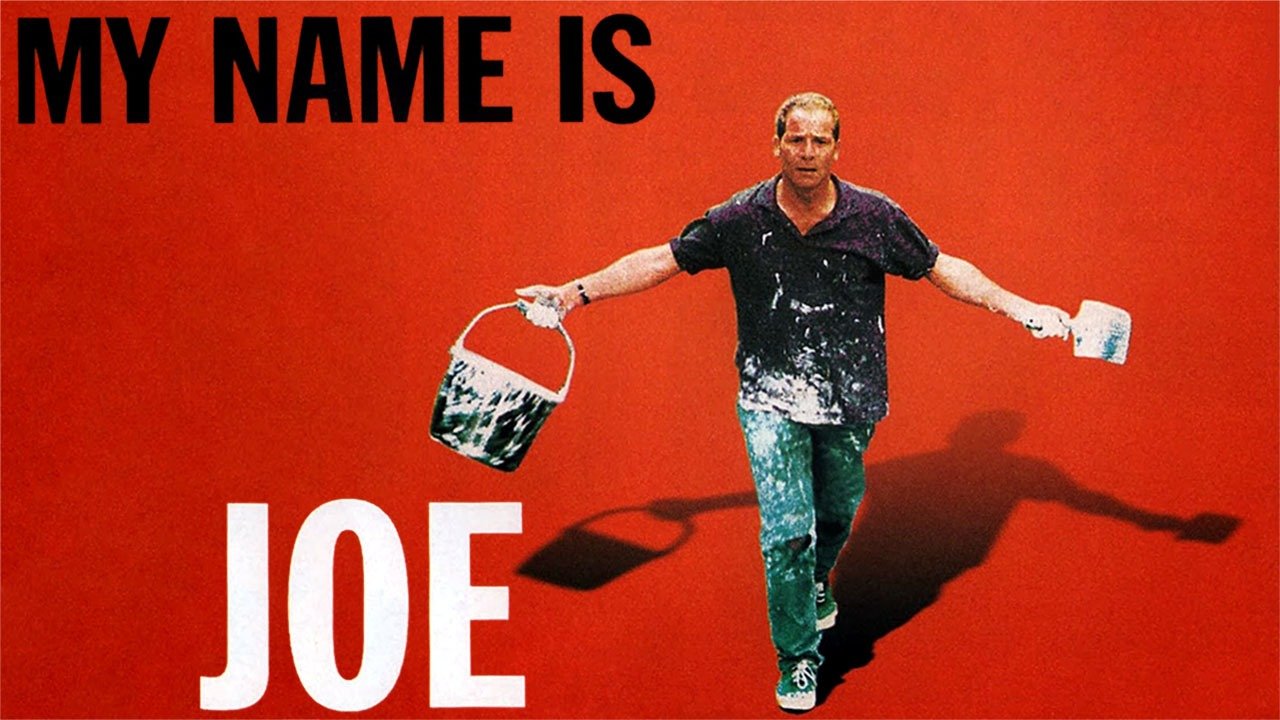
10 Interesting Facts and Figures About the Classic British Film “My Name is Joe” (1998, Ken Loach)
“My Name is Joe” is a poignant drama directed by Ken Loach, released in 1998. The film delves into the struggles of working-class life in Scotland, exploring themes of love, redemption, and the impacts of addiction. It tells the story of Joe, a man recently released from prison, who attempts to rebuild his life while navigating the harsh realities of his surroundings. Here are ten intriguing facts and figures about this classic British film that highlight its significance and impact.
1. Director Ken Loach’s Vision
Ken Loach is known for his social realism and ability to portray the struggles of the working class. “My Name is Joe” is no exception, embodying his signature style that emphasizes authenticity and emotional depth.
2. The Role of Peter Mullan
Peter Mullan, who plays the titular character Joe, received critical acclaim for his performance. His portrayal earned him the Best Actor award at the Cannes Film Festival in 1998, solidifying his reputation as a talented actor.
3. Filming Locations
The film was shot on location in Glasgow, Scotland, utilizing the city’s gritty urban landscape to enhance the story’s realism. The choice of setting plays a vital role in conveying the film’s themes of hardship and resilience.
4. A Groundbreaking Script
The screenplay, written by Paul Laverty, was inspired by the real-life experiences of people living in poverty, making the dialogues and situations feel genuine and relatable. Laverty’s collaboration with Loach has resulted in several critically acclaimed films.
5. Critical Acclaim
“My Name is Joe” received widespread praise from critics and audiences alike, with a Rotten Tomatoes score of 95%. It is often considered one of the best British films of the late 1990s, celebrated for its storytelling and performances.
6. The Role of Community
The film emphasizes the importance of community and support systems in overcoming personal struggles. Joe’s relationships with other characters showcase the power of human connection in the face of adversity.
7. Economic Context
Set against the backdrop of a challenging economic landscape, “My Name is Joe” illustrates the impact of unemployment and social issues in Scotland during the late 1990s. The film reflects the socio-political climate of the time.
8. Music and Soundtrack
The film features a haunting soundtrack that complements its emotional weight. Composed by George Fenton, the music adds depth and enhances the overall viewing experience.
9. Awards and Nominations
In addition to Peter Mullan’s Best Actor award at Cannes, “My Name is Joe” received nominations for several other awards, including BAFTA nominations for Best Film and Best Actor, highlighting its critical recognition in the film industry.
10. Lasting Impact
“My Name is Joe” continues to resonate with audiences today, serving as a poignant reminder of the struggles faced by many individuals in society. Its exploration of addiction, love, and redemption remains relevant, making it a timeless classic.
Conclusion
“My Name is Joe” stands as a powerful testament to Ken Loach’s filmmaking prowess and his ability to illuminate the lives of those on the fringes of society. Through its compelling narrative and strong performances, the film not only entertains but also provokes thought and empathy. Its legacy endures, inspiring conversations about social issues and the human experience in contemporary society.

